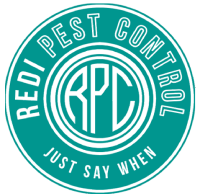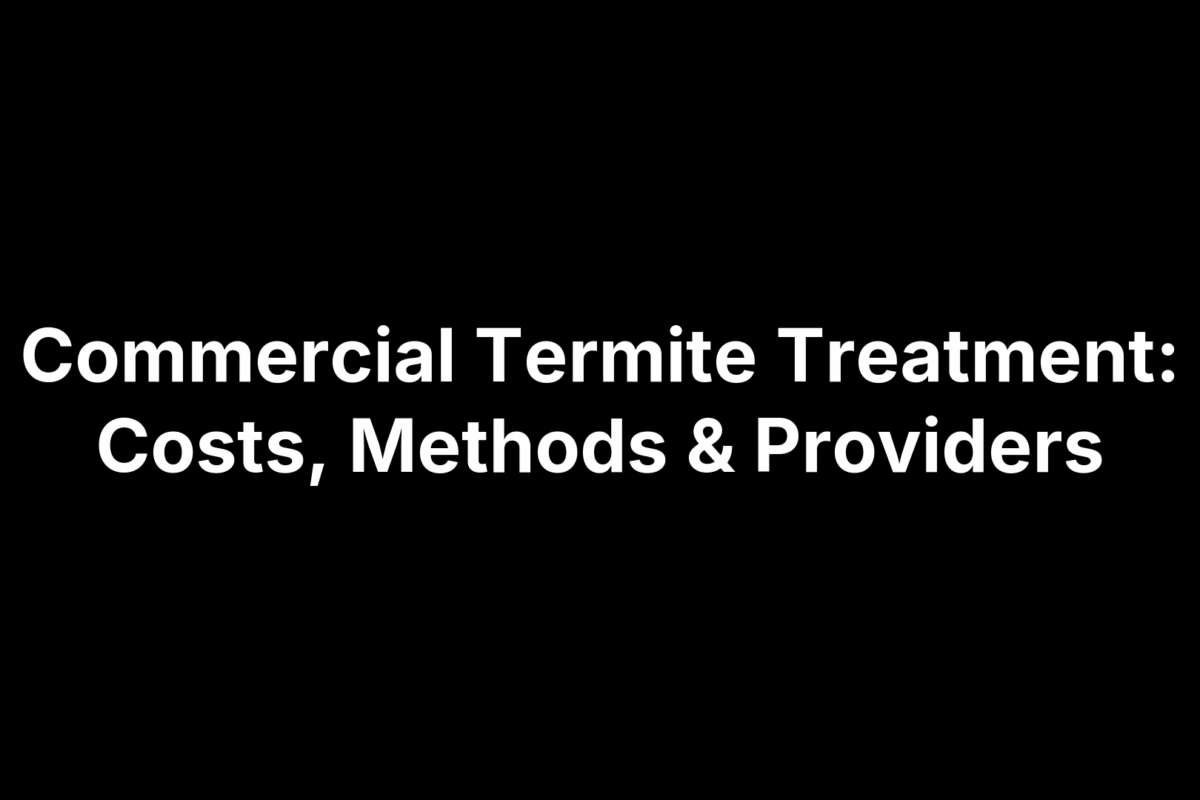Hear scratching in the walls, spot pepper-like droppings under the sink, or catch a blur dashing across the garage? Rodents don’t need an invitation—just a gap the size of a pencil. Once inside, they chew wiring, contaminate food, and multiply fast. Whether you’re in a city bungalow or a country ranch, cold snaps, construction nearby, and cluttered yards can all drive mice and rats to your home.
The fix isn’t magic—it’s method. Effective rodent proofing combines a thorough inspection, tight sealing with chew‑resistant materials, hardening of doors and vents, smarter sanitation, and targeted trapping. Done right, you block access, remove rewards, and monitor for stragglers. You can do much of this yourself or hire a pro for higher ladders, tougher repairs, and warranties.
This guide gives you a clear, step‑by‑step plan from foundation to roofline, a materials list that actually works, smart trapping tactics, safety and cleanup tips, and a realistic cost breakdown for DIY versus professional exclusion—so you can choose the path that fits your home and budget.
Step 1. Confirm the problem: signs of mice vs rats and risk hotspots
Before you seal anything, confirm what you’re dealing with. Mice leave rice‑size droppings; rat droppings are almond‑size, and mice can slip through holes as small as 1/4 inch. Track fresh droppings and gnawed materials to map activity—this is step one in rodent proofing your house.
- Kitchen and baths: under/behind cabinets and appliances; under sinks at pipes.
- Attic/basement/crawl: around floor and dryer vents.
- Doors and windows: especially with weak or missing weatherstripping.
- Foundation/roof/utility penetrations: foundation-to-ground gaps; eaves/soffits/gables; holes for lines.
Step 2. Do a full exterior inspection: trace the foundation to roofline (the 1/4-inch rule)
Walk the entire perimeter slowly and look up to the roofline. Use the 1/4‑inch rule: if a pencil can fit, a mouse can too. Note every gap you find now—you’ll seal them in Steps 5–7. Focus on proven hotspots where rodents commonly get in.
- Foundation-to-ground gap: scan the sill and any cracks between soil and foundation.
- Utility penetrations: electrical, plumbing, cable, and gas line holes.
- Windows and doors: especially those missing tight weatherstripping.
- Attic and crawl space vents: damaged screens or missing covers.
- Roof details: rafters, gables, eaves, and soffits for gaps.
- Outbuildings/garages: treat them like part of the home envelope.
Step 3. Do a full interior inspection: kitchens, attics, crawl spaces, and utility penetrations
Inside, work room by room with a flashlight and a notepad. Start in kitchens, laundry, baths, and mechanical rooms where pipes and wires penetrate walls. Pull out appliances, open sink bases, and check floor-to-wall junctions, closets, and storage. In attics and crawl spaces, scan around vents and along joists. You’re hunting for droppings, holes, and gnawed wood, wiring, or insulation—evidence that guides effective rodent proofing your house.
- Kitchens/laundry: behind appliances; under sinks at pipes; floor and dryer vents.
- Attic: around vents; at edges and penetrations; insulation disturbances.
- Basement/crawl: along foundation; floor drains; around utility lines.
- Mechanical/baths: pipe/wire penetrations; water heater and furnace lines; wall openings.
Step 4. Gather the right materials and tools: rodent-proof products that actually work
The right materials make or break rodent proofing your house. Prioritize chew‑resistant metal and masonry; foam or weatherstripping alone won’t stop gnawing. Public health and animal welfare authorities recommend pairing metal mesh with sealant for small gaps and using rigid barriers for larger openings, plus purpose‑built door sweeps and vent covers to harden weak points.
- Steel wool + caulk/spray foam: for small holes.
- Metal mesh filler + expanding foam: around pipe penetrations.
- Hardware cloth (heavy/16‑gauge; 1 cm grid): vents and larger gaps.
- Lath screen/metal sheeting/cement: durable fixes for bigger openings.
- Flashing at bases/skirting: protect long seams and chew zones.
- Rodent‑proof door sweeps (with metal mesh): seal door bottoms.
- Vent covers: secure attic and crawl space vents.
Step 5. Seal small gaps (<= 1/4 inch): caulk plus steel or copper mesh
Small gaps (1/4 inch or less) are prime mouse doorways. For rodent proofing your house, pair a chew‑resistant plug with an air seal: tightly pack steel wool or stainless/copper mesh into the opening, then lock it in place with caulk or minimal‑expanding foam. Don’t use foam alone. Focus on pipe penetrations under sinks and appliances, around electrical/cable/gas lines, and at vent cutouts.
- Clean and dry: Remove dust/debris so sealant bonds.
- Pack metal tight: Fill the depth flush; no loose strands.
- Seal the edges: Caulk around mesh; use foam over mesh for irregular gaps.
- Recheck: A pencil shouldn’t fit and airflow should stop.
Step 6. Fix larger openings: hardware cloth, metal flashing, mortar, and custom covers
When gaps are larger than 1/4 inch, switch to rigid, chew‑proof barriers. The CDC recommends lath screen or metal, cement, hardware cloth, or metal sheeting for big holes, and the BC SPCA advises heavy/16‑gauge wire mesh with 1 cm x 1 cm gaps for durable covers. Fit materials tightly, stabilize long seams (including skirting), and don’t forget outbuildings and garages.
- Hardware cloth panels: Cover wall openings and utility chases with heavy mesh; cut to fit snugly and secure firmly to the substrate.
- Metal flashing/sheeting: Bridge foundation‑to‑siding seams and repair gaps in trailer skirting; fasten tight and seal top edges.
- Mortar/cement patches: Fill cracks and holes in masonry for a permanent, gnaw‑resistant fix; trowel flush.
- Custom pipe collars: Cut metal or mesh to fit around pipes and cables; secure, then seal edges with caulk or foam over mesh.
- Lock the perimeter: After fastening, seal edges to stop airflow and keep covers in place. Wear gloves—cut metal is sharp.
Step 7. Harden doors, windows, vents, and roof details: door sweeps, vent screens, chimney caps
Moving parts and vents are the weak links. Harden them with chew‑resistant metal, not foam or felt. The CDC flags windows, doors, dryer/floor vents, attic/crawl vents, and the roofline (rafters, gables, eaves, soffits) as common entry points. The BC SPCA recommends rodent‑proof door sweeps and vent covers, and heavy/16‑gauge mesh with ~1 cm x 1 cm openings where screening is needed.
- Install rodent‑proof door sweeps: Use sweeps with embedded metal mesh; adjust thresholds on exterior and garage service doors.
- Tighten windows/sliders: Repair gaps, add tight screens; remember weatherstripping alone isn’t rodent‑proof.
- Upgrade vent protection: Replace damaged screens on attic/crawl and floor/dryer vents; back decorative covers with heavy hardware cloth.
- Repair roofline gaps: Refasten soffits, seal fascia joints, and screen gable vents securely.
- Cap vertical openings: Where applicable, use appropriate chimney/flue caps with durable screening to deter wildlife.
Step 8. Remove attractants indoors and outside: food storage, garbage, pet feeding, water, and yard clutter
Exclusion works best when you remove what draws rodents. Eliminate food rewards and cozy cover indoors and outside to starve infestations of motivation. This step strengthens all your rodent proofing work.
- Food sealed: in thick plastic/metal/glass; clean spills.
- Store pet food: no bowls out overnight.
- Garbage secured: in tight‑lidded plastic/metal cans.
- Grills and feeders: keep grills clean; feeders away with squirrel guards.
- Yard hygiene: move compost/woodpiles 100 ft; raise wood 1 ft; trim vegetation.
Step 9. Clean and sanitize safely: PPE, droppings cleanup, and odor control
As part of rodent proofing your house, clean safely to reduce health risks and erase scent trails that draw rodents back. Ventilate first, then work methodically and avoid stirring dust.
- Wear PPE: disposable gloves; a tight‑fitting mask/respirator in heavy droppings; eye protection.
- Don’t dry sweep/vacuum: lightly mist droppings/urine with disinfectant or soapy water, wipe with paper towels, and seal in bags.
- Disinfect surfaces: mop and wipe contact zones after removal; launder fabrics on hot and dry thoroughly.
- Control odors: use enzyme cleaners; remove nests/soiled materials; keep spaces dry.
- Call a pro: for inaccessible areas or heavy contamination, or consult local health authorities.
Step 10. Trap and monitor smartly: humane options, placement, and how long to run traps
With entry points sealed, trap to remove rodents left inside and validate your exclusion. As part of rodent proofing your house, choose humane methods over poisons—rodenticides and glue traps harm pets and wildlife. Check traps daily, wear gloves, and note catches and fresh signs.
- Humane live‑catch traps: Place along baseboards/walls where signs appear; bait with peanut butter or bacon grease. After catching, release the mice at least 5 miles away to prevent returns.
- Strategic placement and density: Put several traps where you found droppings or gnawing. Keep traps set until there are no fresh signs or catches for several days, then continue routine inspections.
Step 11. DIY or hire a pro: how to choose, what pros do, and warranties
DIY rodent proofing your house works for many fixes, but hire a pro when the job is high, heavy, or hazardous. If roofline ladders, complex penetrations, inaccessible contamination, or repeat re‑infestations are involved, bring help. Health authorities also advise pros when rodents reached areas you can’t safely clean.
- What pros do: Whole‑home inspection; seal with mesh/metal/mortar; door sweeps, vent covers; trapping; sanitizing.
- How to choose: Licensed/insured, exclusion‑first and humane; roof‑capable; clear scope, materials, photos.
- Warranties: Get it in writing—coverage, term, follow‑ups, response times, maintenance duties.
- Red flags: Poison‑only, glue traps, foam‑only, no roof work, no written estimate.
Step 12. Materials and cost breakdown: DIY budgets vs professional exclusion and cleanup
Budget hinges on scope. DIY exclusion is mostly materials and time; pro work bundles inspection, sealing, trapping, and cleanup. Published ranges put basic professional rodent proofing at $200–$1,000 depending on property size and vulnerability, while comprehensive attic/whole‑home exclusion plus sanitizing can run much higher—one homeowner reported $5,100 for an 837 sq ft house. DIY usually costs less cash but more labor, tools, and ladder work.
- DIY materials (core list): steel wool or metal mesh filler + caulk/foam; heavy/16‑gauge hardware cloth (≈1 cm grid); metal flashing/sheeting; mortar/cement; rodent‑proof door sweeps; vent covers; PPE and disinfectant; humane traps.
- Cost drivers: number/size of openings; roofline and ladder access; damaged vents/doors; masonry repairs; level of contamination (cleanup is a separate line item and can require pros for inaccessible areas).
Step 13. Maintenance and seasonal checklist: keep your home rodent-proof year-round
Rodent proofing isn’t a one‑and‑done project. Mice can exploit a 1/4‑inch gap, and rodents can gnaw through many materials, so small failures matter. Make fast inspections and quick fixes part of your routine to keep seals tight, food locked down, and yard cover to a minimum all year.
- Monthly quick check: Walk the perimeter foundation‑to‑roofline; look at doors, vents, and utility penetrations.
- Door sweeps/screens: Re‑tighten rodent‑proof sweeps; repair torn vent/dryer screens.
- Small seals: Repack steel/metal mesh and re‑caulk where gaps reappear.
- Food/garbage: Keep food in thick plastic/metal/glass; clean spills; lids tight on bins.
- Pet feeding: Put food away after use; no bowls left out overnight.
- Yard hygiene: Trim grass/shrubs within 100 ft; remove debris and clutter.
- Wood/compost: Move woodpiles 100 ft from the house and raise 1 ft; keep compost bins 100 ft away.
- Bird feeders/grills: Place feeders away from the house with squirrel guards; keep grills clean.
- After storms: Reinspect soffits, gables, eaves, and attic/crawl vents for new gaps.
Next steps
You’ve got the plan: confirm activity, inspect inside and out, seal with metal-first materials, remove attractants, clean safely, trap and monitor, then maintain. Block one entry, then the next—momentum matters. Set a weekend to walk the perimeter with a flashlight, pick up hardware cloth and door sweeps, and start sealing. Short on time, ladder-shy, or dealing with attic contamination? Book a professional exclusion and cleanup with the team at Redi Pest Control LLC and get it handled fast—and done right.






